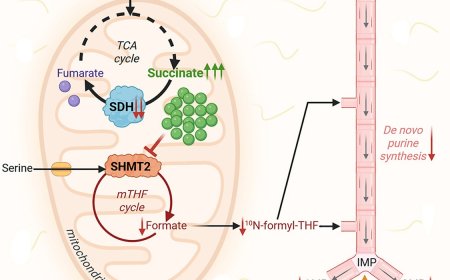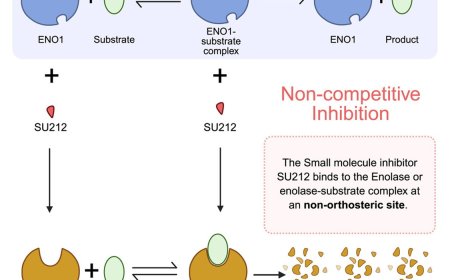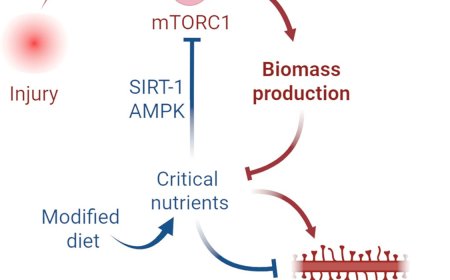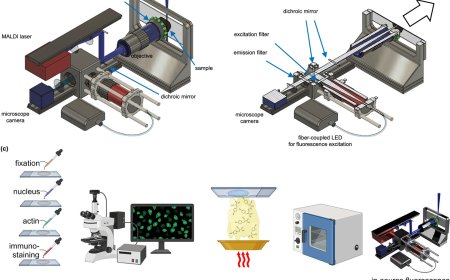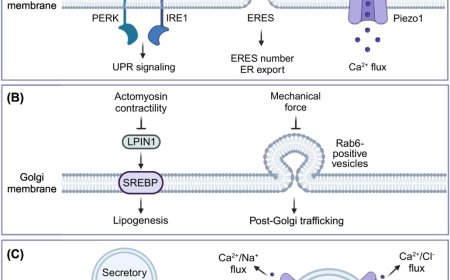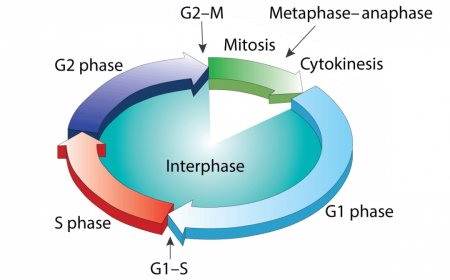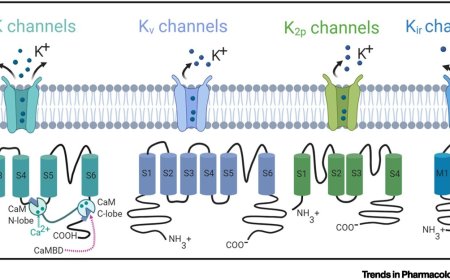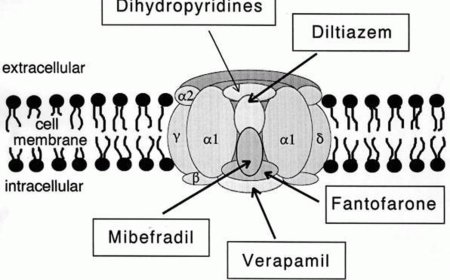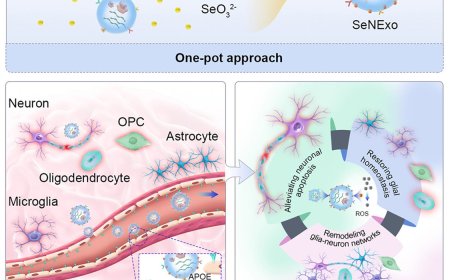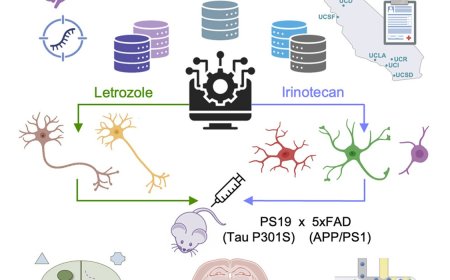Neuronal pathways involved in adaptive decision-making
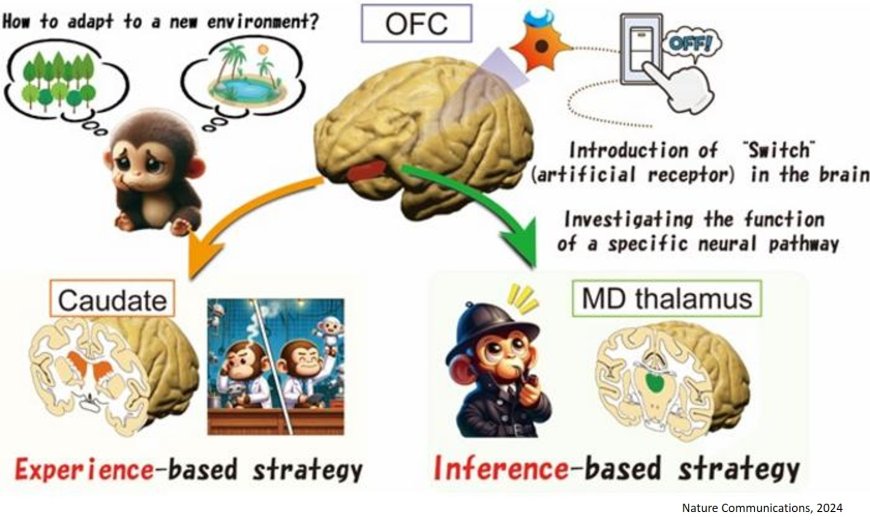
In a constantly changing world, animals, including humans, need to quickly adapt to their environment and learn to make decisions that lead to the best possible outcomes. In most cases, this type of learning happens through direct experience; when faced with a choice between two particular items or events, animals resort to previous experience involving the same options. However, animals with more developed brains, such as apes and monkeys, can also infer the outcome of a decision based on knowledge of similar past situations, even when they have not directly experienced those specific options before. Thus, the process of decision-making often involves a balance between experience-based and knowledge-based behavioral strategies.
In primates, the orbitofrontal cortex (OFC) region of the brain is in charge of this balancing act. It not only participates directly in decision-making, but also helps ‘update’ the internal values primates use to gauge how good an option is. Moreover, the OFC seems necessary for correctly assessing options with which an individual has no direct experience. In spite of this knowledge, the precise roles of the OFC in decision-making and whether distinct roles rely on separate neuronal pathways remain unclear, as well as quite difficult to study.
Fortunately, as reported in a paper published in Nature Communications, a research team managed to shed light on this issue. Using a state-of-the-art approach previously developed by the team, they selectively turned on and off different neuronal pathways originating from the OFC in monkeys during newly designed behavioral tasks, revealing their independent functions.
In the behavioral tasks used for the experiments, macaque monkeys had to choose between two images presented to them, and a predetermined amount of juice was given as a reward depending on the selection. Soon, the monkeys learned to associate images with the amount of juice they would receive. The researchers would periodically change the set of images presented to the animals and also reverse the reward values, making the worst options become the best and vice versa. Overall, these tasks tested the ability of monkeys to learn from experience (through trial-and-error) and tackle situations they were familiar with (through knowledge-based inference).
As monkeys performed these tasks, the researchers used a genetically introduced chemical switch, called a chemogenetic receptor, that could effectively turn neurons of the OFC on and off upon administration of a specific drug. Guided by computed tomography, positron emission tomography, and magnetic resonance imaging, the team was able to assess the effects of locally injecting a drug that temporarily silenced distinct neuronal pathways originating from the OFC.
By observing how the monkeys’ performance changed, the researchers could thus determine the functions of these pathways. They found that the OFC pathway connecting to the caudate nucleus is necessary for experience-based adaptation, whereas the OFC pathway connecting to the mediodorsal thalamus is important in knowledge-based adaptation.
Since monkey brains are surprisingly similar in structure to our own, important conclusions relevant to humans can be drawn from the findings. “One key implication of our work is that it could help explain why individuals approach the same situation in different ways. Some people may rely more on trial-and-error, while others prefer a more systematic approach based on prior knowledge,” muses the author. Adding further, the author says, “These differences in thinking styles, or ‘thought patterns,’ might be linked to how each person’s brain activates these specific circuits, and understanding these variations could help us develop personalized strategies for improving decision-making and problem-solving skills for those who might struggle with one particular type of thinking.”
To add to it, understanding the precise roles of brain structures is immensely useful when investigating neuropathologies and psychiatric disorders. “Our findings could contribute to new treatments for mental and neurological disorders like obsessive-compulsive disorder, where patients have difficulty adapting to changing situations. By targeting the specific brain circuits involved in these two strategies, we may be able to create more effective therapies that help restore balanced thinking,” comments the author.
While the brain is undoubtedly one of the biggest puzzles in the known universe, studies like this are a stepping stone towards a clearer picture of how it works under the hood, both in our heads and that of our fellow animals.
